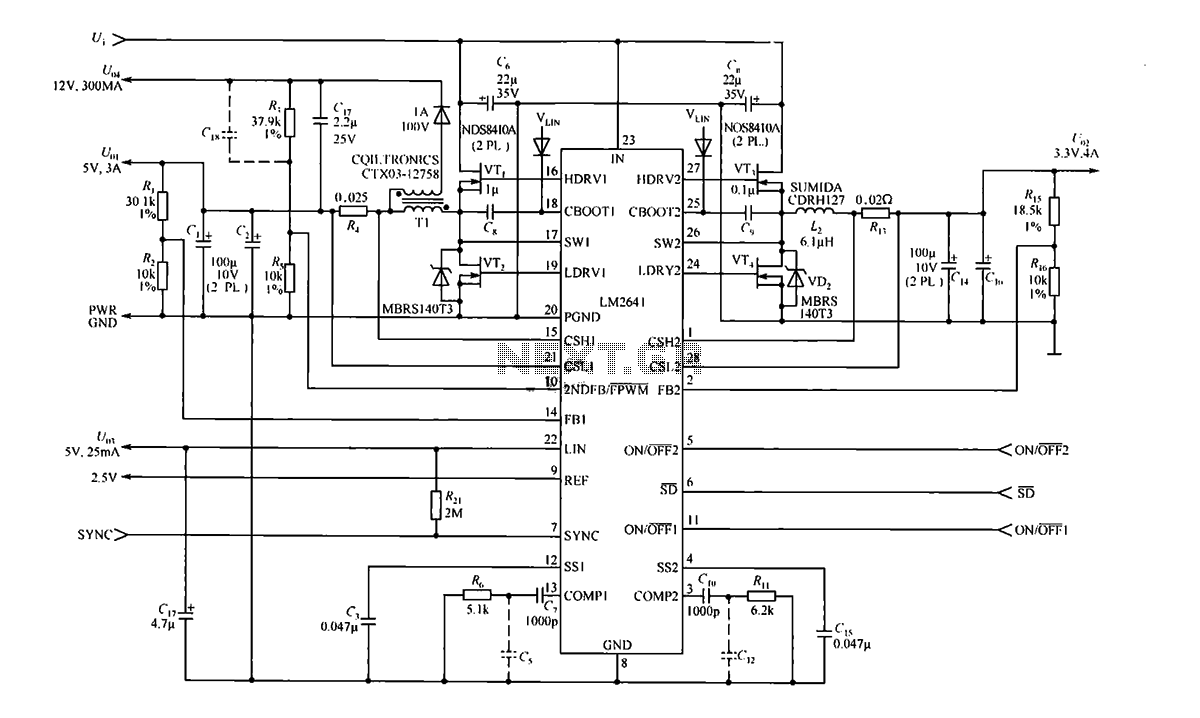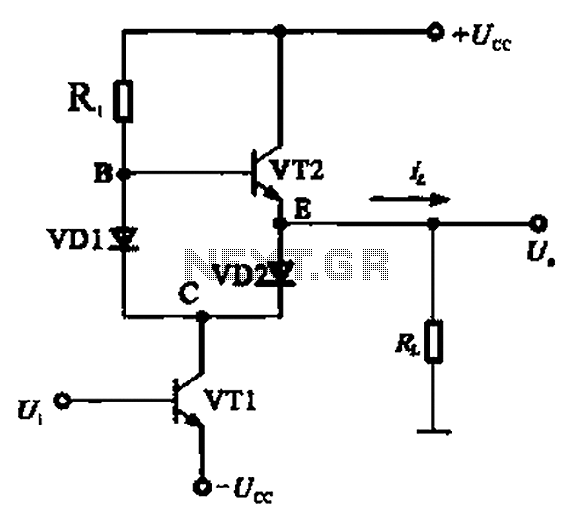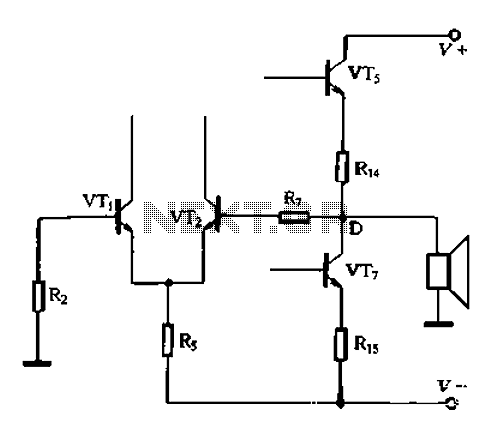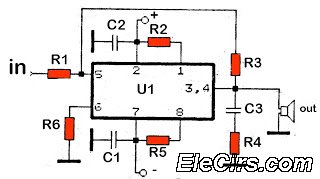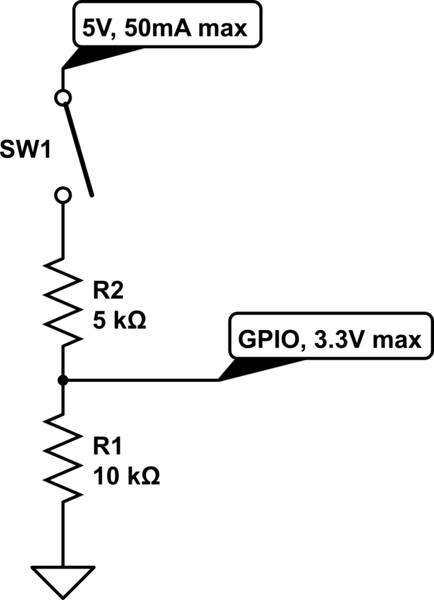
Voltage-controlled cipher scheme of constant-current source of output high-power of bipolar
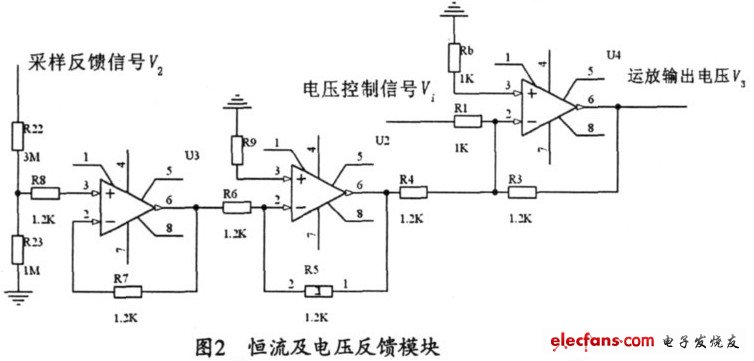
The output current range of the parameter current regulator is limited, and its precision is not high. Connecting the feedback adjustment type output current of the current-stabilized power source in series results in lower efficiency. The steady current source of the switch not only complicates the circuit but also increases the number of components, leading to significant reliability issues with output ripple. To address these shortcomings, the original design employs a standard operational amplifier in conjunction with a transistor to amplify both voltage and current, achieving a high output current while maintaining a simple circuit construction and lower costs with improved precision. Figure 1 illustrates the functional block diagram of the originally designed constant current module formed by the operational amplifier, which is driven by an external control voltage signal. The output current is fed to the load after being amplified by the voltage and current expansion modules. The current is sampled through a shunt resistor, and the acquired sampling signal is fed back into the constant current module to maintain constant current via the voltage feedback system. The voltage for the expansion modules is supplied by a pair of power modules. A commonly used switching power supply is selected to power the expansion modules and provide output current while minimizing interference through parallel capacitive coupling. To achieve bipolar output, a bipolar switching power supply is chosen, which helps reduce costs and volume. In experiments, the nominal ripple of the switching power supplies used is 1%. The 78 and 79 series three-terminal regulators are employed to provide voltage to the expansion modules, enhancing the output voltage of the operational amplifier after stepping down. Figure 2 depicts the constant current module and the voltage feedback module of the operational amplifier. In Figure 2, the output current is sampled and fed back through a voltage divider created by a follower operational amplifier, which is then sent to the inverting terminal of the voltage control signal of the inverting adder U4, where it is combined with the output voltage V3. The formula for V3 is derived from the operational amplifier's configuration. Figure 3 illustrates the voltage expansion circuit of the module, which is formed by a difference amplifier that compares the constant current generation signal with the output voltage after processing through a voltage divider, amplifying the difference to produce the final output voltage. The transistor used in the system is a complementary transistor, which facilitates bipolar output. The open-loop gain of this system is determined solely by the ratio of resistors R17 to R14; however, after feedback through resistors R25 and R24, the effective gain becomes determined by the ratio of R25 to R24. Figure 4 shows the current expansion circuit. A commonly used totem pole configuration is employed for current expansion, emphasizing the importance of selecting an appropriate power transistor and incorporating heat sinks to ensure adequate output power handling.
The described circuit utilizes an operational amplifier to create a constant current source, which is essential for various applications requiring stable current delivery. The design's simplicity and cost-effectiveness make it suitable for integration into larger systems, where reliable performance is crucial. The feedback mechanism ensures that any variations in output current are corrected in real-time, maintaining the desired operational parameters. The use of standard components, such as the 78 and 79 series regulators, further enhances the design's accessibility and reliability. The implementation of a difference amplifier allows for precise voltage comparisons, ensuring that the output remains consistent with the intended specifications. Overall, this design represents a robust solution for generating stable output currents in electronic circuits.The output current range of the parameter current regulator is little, the current regulator is not tall in precision; It is small to connect the feedback adjustment type output current of the current stabilized power source in series, efficiency is lower; The steady stream source of the switch not only the circuit is complicated, the components and parts are in large quantity, but also it is great, with discrepancy reliability to output the ripple. In view of the above-mentioned shortcomings, originally design adopting ordinary operational amplifier, cooperate with the triode to expand the voltage and the electric current is expanded, having already achieved the goal of offering the big output current, and the circuit is simple in construction, the cost is lower, precision great. Fig. 1 is a functional block diagram originally designed, are input into the constant current module that the Operational Amplifier forms by the external control voltage signal.
The electric current outputted offers to load after the voltage expands the module and electric current and expands the module. The electric current samples the electric current through sampling the resistance, the acquired sampling signal is feedbacked in the module of constant current to carry on constant current via the feedback system module of voltage.
Among them is expanded the module and electric current to expand the module and supply power by the voltage of pair of module of the power. Choose the on the market commonly used switching power supply to expand the module and offer the output power to the electric current, with the interference elimination in the electric capacity of joining-up in parallel of its Ausgang.
Because of requiring the bipolar output, can save the cost and reduce the volume to choose the switching power supply of bipolar output. In the experiment, it is 1% of the switching power supplies that we use the nominal ripple. Use 78, 79 serial three terminal regulators to offer the voltage to expand the module in order to improve the output voltage of operational amplifier after stepping down.
Fig. 2 is constant current module and voltage feedback module of operational amplifier. Since Fig. if you can`t can see since electric current Ausgang 2, gather to sample feedback signal after not dealing with for partial pressure via follower that operational amplifier make up and behind revisor, sent to reverse end and voltage control signal of the reverse adder U4 and add the output voltage V3. V3 formula which is received operational amplifier: It is that the voltage expand the circuit diagram of the module that Fig.
3 shows. Formed the difference amplifier by operational amplifier, compare the signal of system generation of constant current with output voltage with treated partial pressure and amplify, form the final output voltage. The triode in the system chooses the geminate transistor, in order to achieve the purpose of bipolar output, magnification of this systematic open loop is only decided by the ratio of R17 to R14, but after R25 and R24 partial pressure is feedbacked, it is equivalent to the amplifier, its magnification is decided by the ratio of R25 to R24.
Fig. 4 shows as the expansion circuit of the electric current. The commonly used totem sliding pillar type electric current simple to use expands the method, pay attention to the choice of the power triode, and add the air-cooling fin and guarantee the output power. In this w 🔗 External reference
The described circuit utilizes an operational amplifier to create a constant current source, which is essential for various applications requiring stable current delivery. The design's simplicity and cost-effectiveness make it suitable for integration into larger systems, where reliable performance is crucial. The feedback mechanism ensures that any variations in output current are corrected in real-time, maintaining the desired operational parameters. The use of standard components, such as the 78 and 79 series regulators, further enhances the design's accessibility and reliability. The implementation of a difference amplifier allows for precise voltage comparisons, ensuring that the output remains consistent with the intended specifications. Overall, this design represents a robust solution for generating stable output currents in electronic circuits.The output current range of the parameter current regulator is little, the current regulator is not tall in precision; It is small to connect the feedback adjustment type output current of the current stabilized power source in series, efficiency is lower; The steady stream source of the switch not only the circuit is complicated, the components and parts are in large quantity, but also it is great, with discrepancy reliability to output the ripple. In view of the above-mentioned shortcomings, originally design adopting ordinary operational amplifier, cooperate with the triode to expand the voltage and the electric current is expanded, having already achieved the goal of offering the big output current, and the circuit is simple in construction, the cost is lower, precision great. Fig. 1 is a functional block diagram originally designed, are input into the constant current module that the Operational Amplifier forms by the external control voltage signal.
The electric current outputted offers to load after the voltage expands the module and electric current and expands the module. The electric current samples the electric current through sampling the resistance, the acquired sampling signal is feedbacked in the module of constant current to carry on constant current via the feedback system module of voltage.
Among them is expanded the module and electric current to expand the module and supply power by the voltage of pair of module of the power. Choose the on the market commonly used switching power supply to expand the module and offer the output power to the electric current, with the interference elimination in the electric capacity of joining-up in parallel of its Ausgang.
Because of requiring the bipolar output, can save the cost and reduce the volume to choose the switching power supply of bipolar output. In the experiment, it is 1% of the switching power supplies that we use the nominal ripple. Use 78, 79 serial three terminal regulators to offer the voltage to expand the module in order to improve the output voltage of operational amplifier after stepping down.
Fig. 2 is constant current module and voltage feedback module of operational amplifier. Since Fig. if you can`t can see since electric current Ausgang 2, gather to sample feedback signal after not dealing with for partial pressure via follower that operational amplifier make up and behind revisor, sent to reverse end and voltage control signal of the reverse adder U4 and add the output voltage V3. V3 formula which is received operational amplifier: It is that the voltage expand the circuit diagram of the module that Fig.
3 shows. Formed the difference amplifier by operational amplifier, compare the signal of system generation of constant current with output voltage with treated partial pressure and amplify, form the final output voltage. The triode in the system chooses the geminate transistor, in order to achieve the purpose of bipolar output, magnification of this systematic open loop is only decided by the ratio of R17 to R14, but after R25 and R24 partial pressure is feedbacked, it is equivalent to the amplifier, its magnification is decided by the ratio of R25 to R24.
Fig. 4 shows as the expansion circuit of the electric current. The commonly used totem sliding pillar type electric current simple to use expands the method, pay attention to the choice of the power triode, and add the air-cooling fin and guarantee the output power. In this w 🔗 External reference
